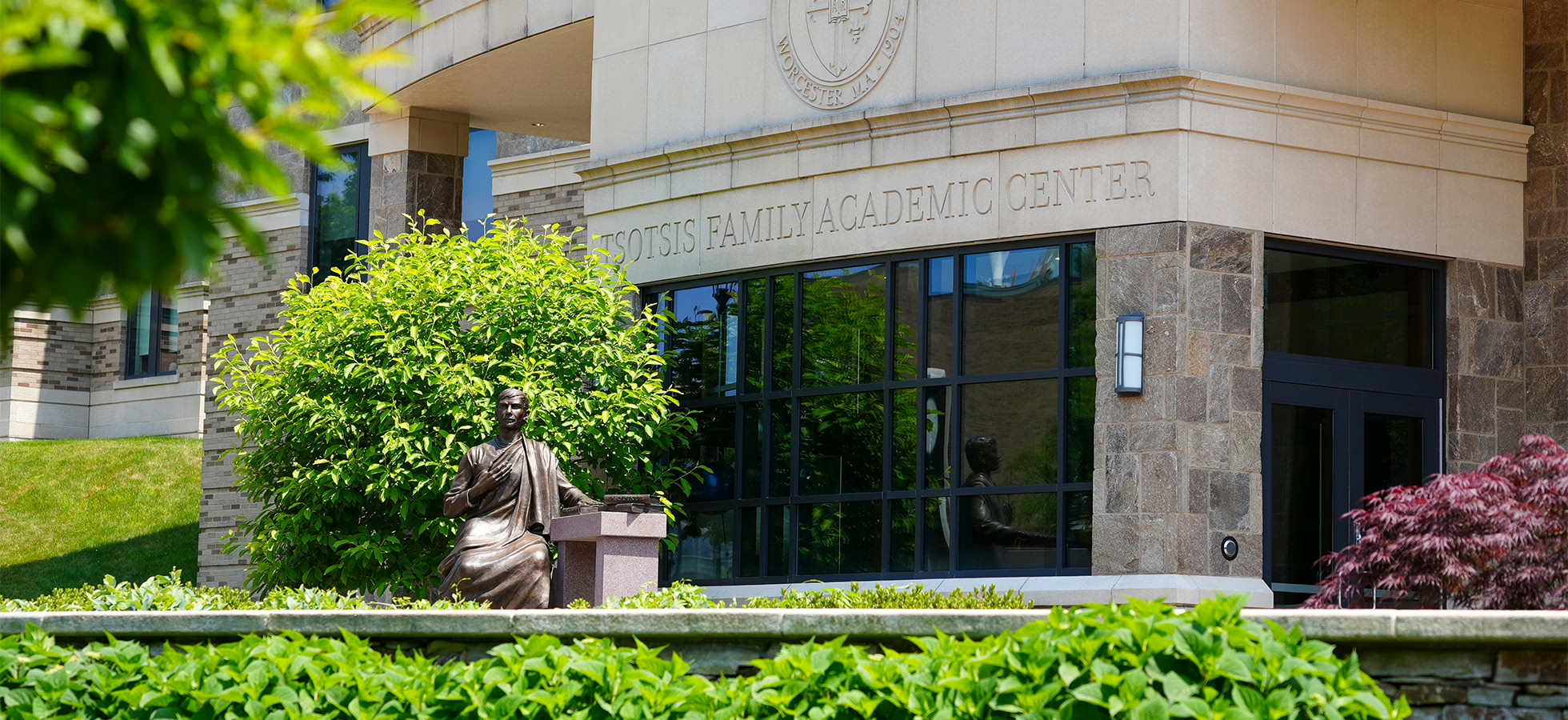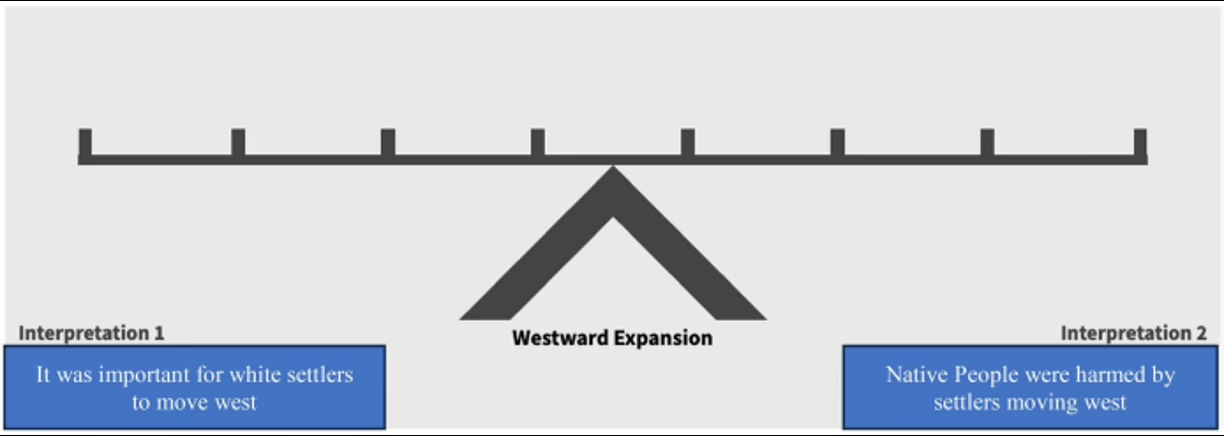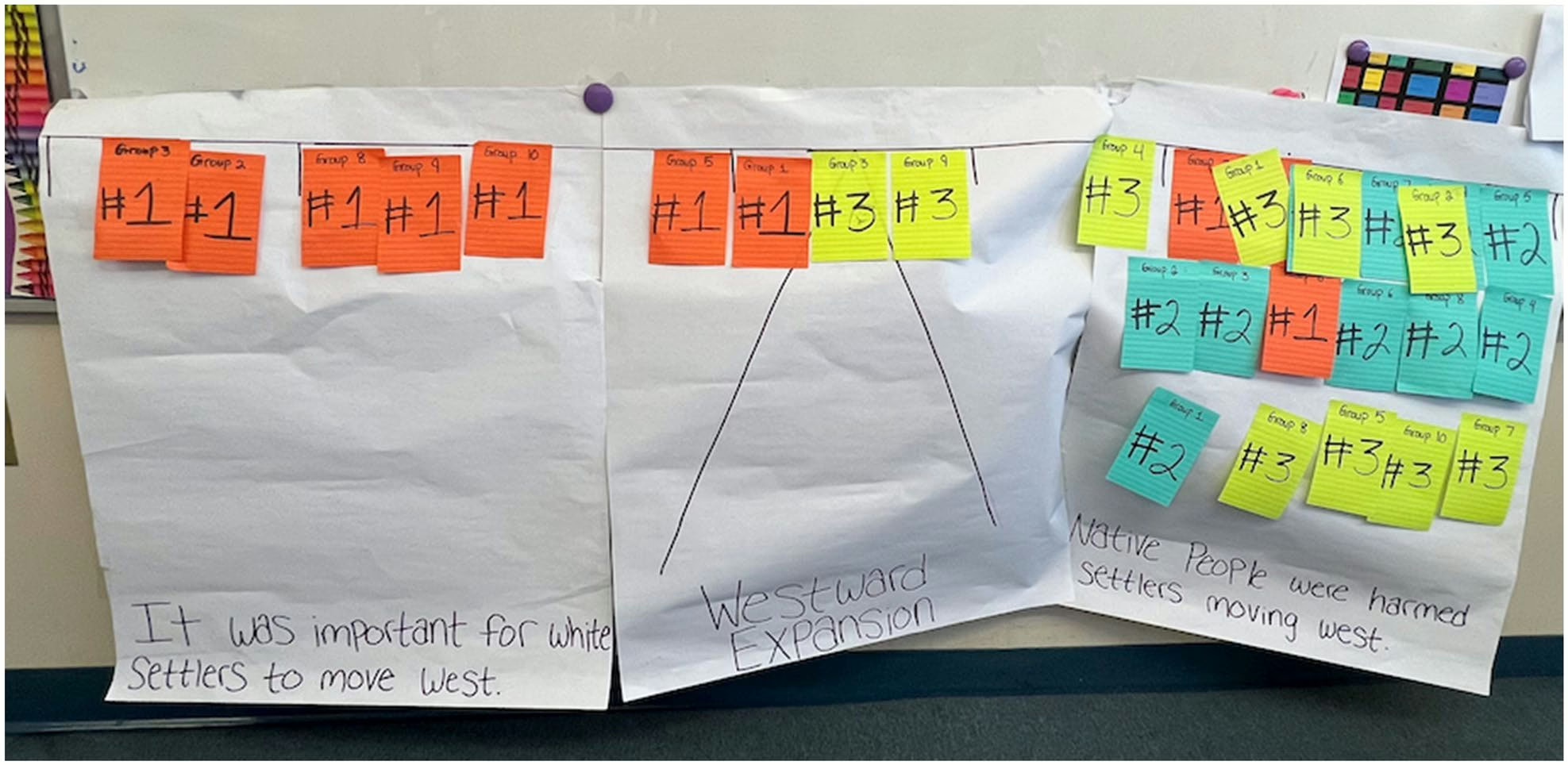Professor Lisa D’Souza and Taylor Cirone ’24 Collaborate on Research to Help Make Elementary Students Historians

In July, Lisa D’Souza, Professor of Education, alongside Taylor Cirone ’24, an elementary education and English double major, published research titled “Weighing the Evidence: Historians-in-training in the Elementary Classroom,” in academic journal The Social Studies.
This research, which began in the fall of 2022, focuses on presenting primary sources to elementary school students in an interactive and understandable way for their grade level, preparing them to act as historians as they advance in their education.
“I would hear from our students in the field that social studies is minimized; it’s taught maybe twice a week for a half an hour, and sometimes not taught at all – and if it is, it’s part of literacy, so when I’m teaching reading and writing, I’m using the content of history and social studies. There’s not what we call inquiry into how historians do work,” said D’Souza. “I feel like we need to see how we can create an example where students are really challenged within the curriculum, where inquiry is involved, and students are actually acting like historians and training.”
The research was started by D’Souza as a framework, but Cirone later joined in on the work as a part of her honors thesis. The two worked together to develop the project, which D’Souza says Cirone had a major impact on.
“What was great about it was the project took a new shape over time,” said D’Souza. “It was so much more meaningful for the field to have Taylor be a part of it as someone who’s learning to become a teacher and to actually do the work in an actual classroom.”

The scale tool, adapted for elementary students.
The project went through multiple stages, with D’Souza and Cirone working to create an instructional unit for elementary students with lessons that asked them to consider primary sources on a “weighing the evidence” tool. This tool had already been created by the National Archives for high school students, but D’Souza and Cirone worked together to create a version for a younger population.
“My job was to create the drafts of lessons for a unit on westward expansion,” said Cirone. “We took my drafts of these lessons, and we adjusted them to fit what we were trying to find out. Then, I actually implemented the lessons in a classroom.”
Once each of the primary sources were properly edited for a lower reading level by Cirone and D’Souza and the material was reviewed by a sample of elementary and middle school students, they brought the research to a fourth-grade classroom in Holden, MA.
“Interacting with the kids, teaching the lessons, and reflecting on them, that was definitely the highlight for me,” said Cirone. “It was really cool to see that the lessons actually did what they were supposed to do, and we got a lot of information out of it.”

An example of the weighing the evidence tool used in the classroom. Each number represents a primary source analyzed by a student and placed under the category it best described.
In the classroom, Cirone modeled to the students how to use a scale to literally “weigh” the evidence, with students placing primary sources on one side of the scale or the other to visualize what impact the primary sources were having.
“I hadn’t done student teaching yet, so my only prior experience was teaching with another teacher in the room,” said Cirone. “That was my first time taking control of the classroom and teaching a lesson all the way through. It was very scary and intimidating for me that first time, but it was fun, and it was good experience.”
After the implementation of the lessons and the scale tool in the classroom, Cirone presented their research at Assumption’s Undergraduate Research Symposium, in spring 2023. Following this presentation, both Cirone and D’Souza presented their work at the New England Educational Research Organization’s Annual Conference in 2023.
“Presenting pushed her in a way that allowed her to see the value in her work, and also to gain the confidence of being able to answer questions about something she knew all about,” said D’Souza of Cirone.
“Working with Professor D’Souza was great, because I needed guidance, and she would push me the right way,” said Cirone. “She wasn’t afraid to say, ‘this isn’t working, that went horribly, this isn’t what we wanted…’ The honesty from her was great, and we built such a close relationship.”
In July 2024, the final research was published in academic journal The Social Studies by both D’Souza and Cirone.
“I was so moved by this project because I got to do it with an honors student, with Taylor,” D’Souza said. “Being able to do this with her was really rewarding for me, because when I worked with her, it was directly related to her future. It’s one of my favorite research projects I’ve ever done, and I think part of it is because I was able to do it with a student.”
Cirone is currently working towards receiving her master’s degree at Endicott College in their special education: moderate disabilities program. She is participating in a one-year fellowship and teaching in Woburn, MA.
“After this project, I learned that history can be fun, and engaging, and it isn’t just reading from a textbook,” said Cirone. “The biggest thing I learned about my teaching is that it should engage the kids. It should be hands-on, and they should have fun with it. It shouldn’t just be talking at them or reading to them from a book. It can be fun, and it can be engaging.”
